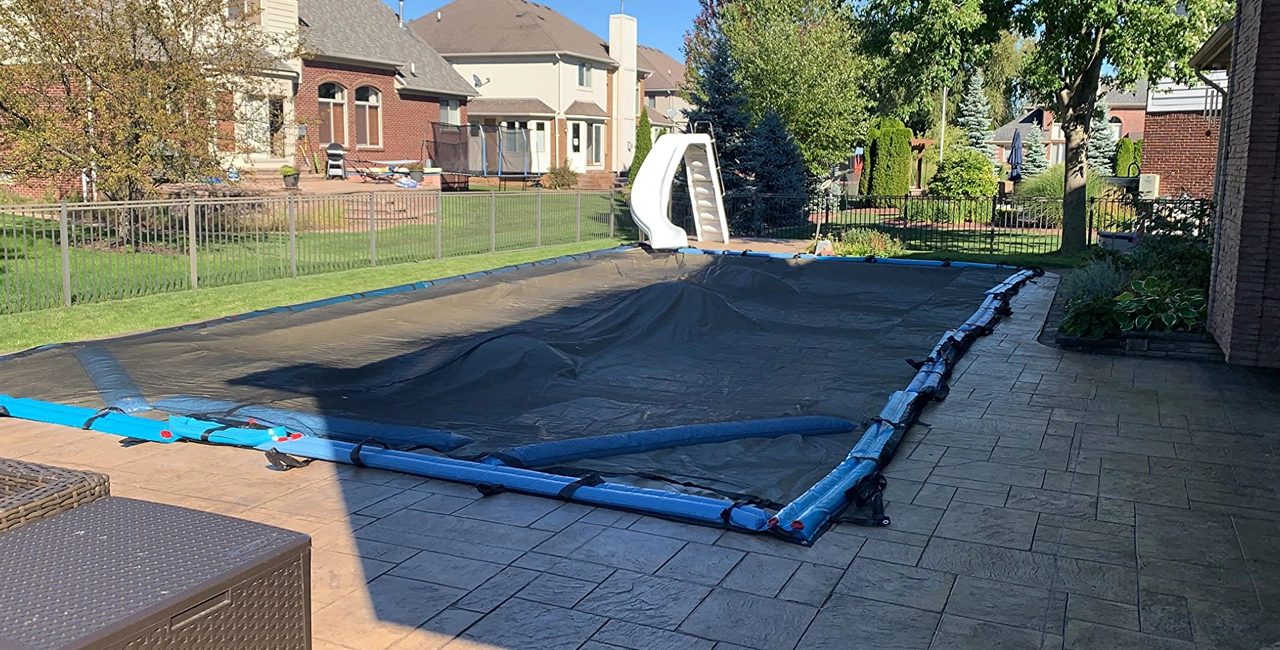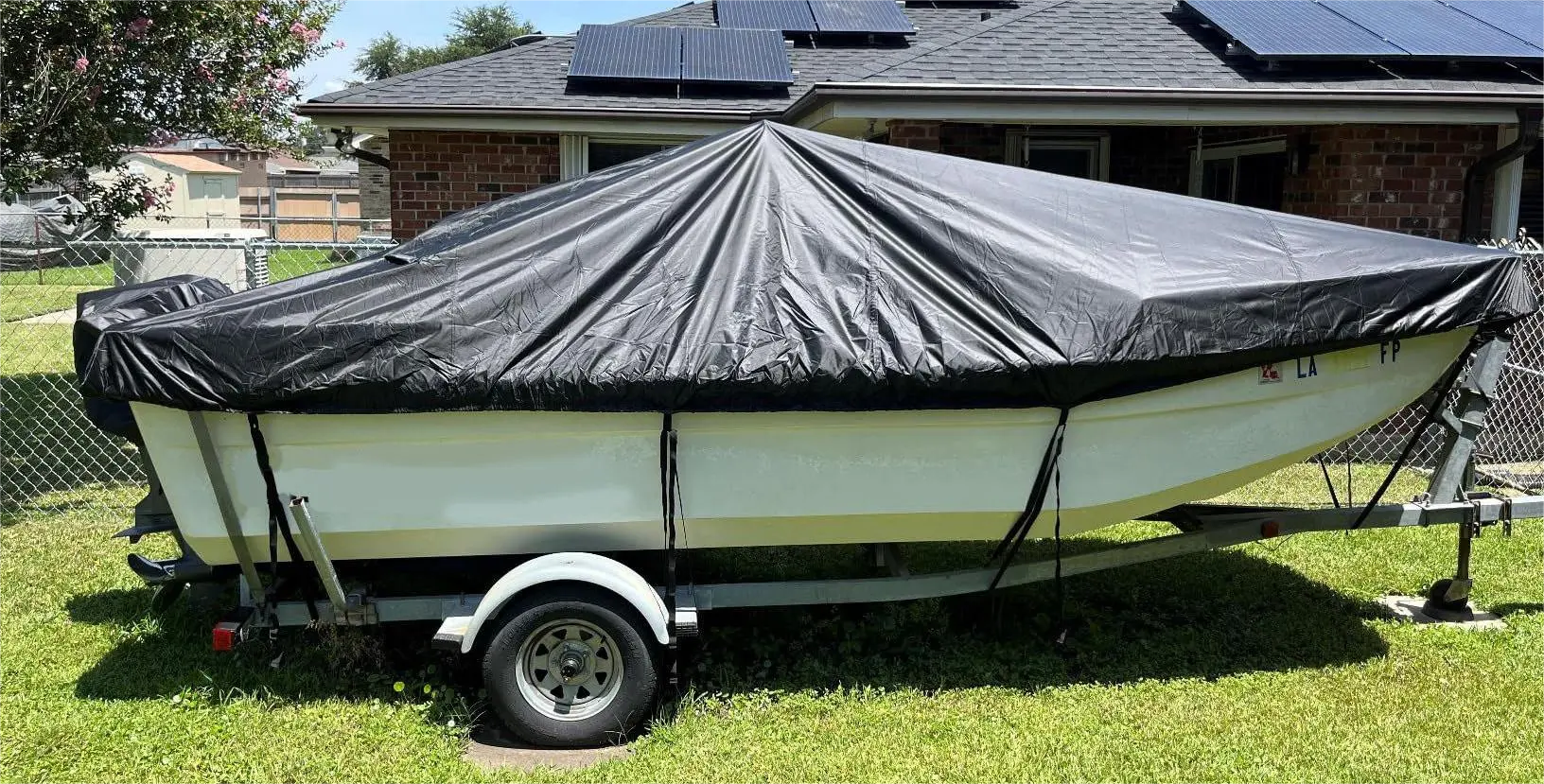Dimensional Requirements:
Fabric Width and Length: Specify the effective width (usable width) and length of the fabric.
Roll Quantity: Indicate the number of rolls required, considering standard roll lengths based on fabric type and thickness.
Weight/Thickness:
Grammage (g/m²): Define the desired weight per square meter, as it influences the fabric's thickness and durability.
Weaving Structure:
Types: Specify the required weaving structure, such as double-sided Oxford, single-sided Oxford, or coated Oxford fabrics.
Weave Patterns: Indicate the specific weave pattern, such as plain weave or twill weave.
Color and Pattern:
Color Specifications: Provide exact color requirements, including dyeing or printing needs.
Patterns: If patterns are needed, supply design samples or references.
Raw Material Information
Fiber Type:
Material Selection: Choose between fibers like polyester or nylon, specifying any particular requirements.
Yarn Parameters:
Fineness: Specify the thickness of the yarn, as it affects the fabric's texture and strength.
Coating or Finishing Materials:
Coating Types: If using coatings like PU (polyurethane) or PVC (polyvinyl chloride), specify the type and desired technical parameters.
Process and Finishing Requirements
Weaving Process:
Production Techniques: Detail any specific production techniques required, such as setting weave density or tension control.
Finishing Treatments:
Functional Treatments: Specify any additional treatments needed, such as waterproofing, oil resistance, UV protection, wrinkle resistance, or abrasion resistance.
Aesthetic Treatments: Include requirements for printing, embossing, gilding, or logo printing.
Quality Standards and Testing Requirements
Performance Indicators:
Strength Requirements: Define the required tensile strength, tear strength, abrasion resistance, and colorfastness standards.
Compliance Standards:
Certifications: Specify any national or international standards or certifications the fabric must meet, such as ISO or AATCC.
Sample Confirmation:
Approval Process: Outline the sample review process and approval criteria to ensure the final product meets expectations before mass production.
Common Specification Units of Oxford Fabric
The specifications of Oxford fabric are primarily determined by parameters such as yarn count (Denier, D), grammage (g/m²), coating thickness (mm), and waterproof rating (mmH₂O).
Fineness (Denier, D):
Unit: Denier (D) indicates the fineness of the fiber; higher values denote thicker, more durable fabrics.
Common Specifications:
210D: Lightweight, suitable for linings or light covers.
300D: Medium thickness, ideal for standard protective covers.
420D: Thicker with enhanced abrasion resistance, used for outdoor protective covers.
600D: High strength, suitable for motorcycle covers, tool bags, and other high-wear applications.
900D/1680D: Extremely durable, commonly used in industrial-grade products like military backpacks and cargo covers.
Grammage (g/m²):
Unit: Grams per square meter (g/m²) measures the fabric's weight; higher values indicate thicker materials.
Common Ranges:
100-150g/m²: Lightweight, suitable for raincoats or umbrella fabrics.
200-300g/m²: Medium thickness, ideal for car covers or furniture covers.
400-600g/m²: High density, used for industrial protective covers or military equipment.
Coating Thickness:
Unit: Millimeters (mm) denote the thickness of the fabric's coating, affecting its waterproof and abrasion-resistant properties.
Common Coating Types:
PU (Polyurethane) 0.2mm-0.6mm: Offers good waterproofing and breathability, suitable for outdoor gear.
PVC (Polyvinyl Chloride) 0.3mm-1mm: Provides strong waterproofing but less breathability, ideal for rain covers or tarpaulins.
Waterproof Rating (mmH₂O):
Unit: Millimeters of water column (mmH₂O) measure the fabric's waterproof capability; higher values indicate better waterproofing.
Common Waterproof Levels:
1000-3000mmH₂O: Light waterproofing, suitable for light rain protection.
3000-5000mmH₂O: Moderate waterproofing, ideal for outdoor protective covers.
Above 5000mmH₂O: High waterproofing, capable of withstanding heavy rain, suitable for premium outdoor equipment.
Post-Finishing Processes
Post-finishing processes enhance the functionality and appearance of Oxford cloth:
Waterproof Treatment: Applying a waterproof agent to the fabric surface to form a protective layer, preventing water penetration.
Water-Repellent (WR) Finish
A WR finish involves treating the fabric with hydrophobic chemicals to repel water, allowing it to bead up and roll off the surface. This finish is commonly used in outdoor apparel and accessories to provide protection against light rain without significantly affecting the fabric's breathability.
Oil Repellent Treatment: Using fluorochemicals or silicone-based agents to create a low surface energy layer on the fabric, making it resistant to oil stains.
Antibacterial and Flame-Retardant Treatments
To expand the fabric's functionality, treatments such as antibacterial agents and flame retardants can be applied. These finishes make the fabric suitable for specialized applications, including medical textiles and safety uniforms, by inhibiting bacterial growth and enhancing fire resistance.
Environmental Considerations
With growing emphasis on sustainability, the textile industry is adopting eco-friendly finishing processes. This includes using water-based coatings and biodegradable chemicals to reduce environmental impact, aligning with global sustainability goals.
By selecting appropriate post-finishing processes, manufacturers can tailor Oxford fabric to meet specific performance criteria, enhancing its versatility across various applications.
Weaving Structures of Oxford Fabric
Double-sided Oxford:
Definition: Fabric that has undergone special treatments on both sides (such as printing, embossing, or coating), ensuring both surfaces are aesthetically pleasing or functional.
Applications: Suitable for products requiring balanced appearance on both sides.
Single-sided Oxford:
Definition: Fabric with special treatment on only one side, while the other side remains untreated or has a simpler finish.
Applications: Used in products where different effects are needed on each side to meet specific design or functional requirements.
1. Weaving Structures of Oxford Cloth
Double-sided Oxford: This refers to fabrics that have undergone special treatments (such as printing, embossing, or coating) on both the front and back sides during weaving or post-finishing processes, ensuring both surfaces possess aesthetic or functional qualities. Such fabrics are suitable for applications where a balanced appearance on both sides is desired.
Single-sided Oxford: In this case, only one side of the fabric receives special treatment (like printing or coating), while the other side remains in its original or a simpler state. This design is typically used in products where differing effects on each side are required to meet specific design styles or functional needs.
2. Yarn Parameters
Fineness: Indicates the thickness of fibers or yarns, commonly measured in denier (den, representing the mass in grams per 9,000 meters of fiber) or dtex (mass in grams per 10,000 meters of fiber). A lower fineness value signifies finer fibers, usually resulting in a softer hand feel.
Twist Level: Denotes the number of twists per unit length in a yarn, typically expressed as twists per meter (TPM) or twists per inch (TPI). An appropriate twist level can enhance the overall strength and uniformity of the yarn; however, excessive twisting may lead to a stiffer texture.
Yarn Strength: Refers to the maximum tensile force a yarn can withstand when subjected to stretching, commonly measured in Newtons (N), centiNewtons (cN), or kilogram-force (kgf). This parameter reflects the yarn's resistance to breaking and its durability.
3. Weaving Process Parameters
Weave Density: Refers to the number of warp and weft yarns per unit width during the weaving process (e.g., ends per inch (EPI) and picks per inch (PPI)). It determines the fabric's compactness and stability. A higher density typically results in a sturdier, more abrasion-resistant fabric, though it may reduce breathability.
Tension Control: Involves precise regulation of the tension applied to yarns during weaving. Stable tension ensures uniform yarn distribution, preventing issues like yarn breakage, skipped wefts, or uneven weaving, thereby maintaining the fabric's overall quality and consistent appearance.
4. Mechanical Performance Indicators and Their Units
Tensile Strength: Generally measured in Newtons (N) or centiNewtons (cN), it indicates the maximum tensile force a fabric or yarn can endure during stretching. This reflects the material's load-bearing capacity under tension.
Tear Strength: Usually expressed in Newtons (N) or kN/m (kiloNewtons per meter), it represents the force required to propagate an existing tear in the fabric. This is a crucial indicator of the fabric's ability to withstand the expansion of localized damage and its tear resistance.
Abrasion Resistance: Commonly assessed using standard testing methods (like the Martindale or Taber abrasion tests), with results expressed in terms of abrasion cycles, mass loss (grams), or changes in fabric surface appearance. This parameter reflects the fabric's ability to resist surface wear during repeated friction or use.

 English
English 

